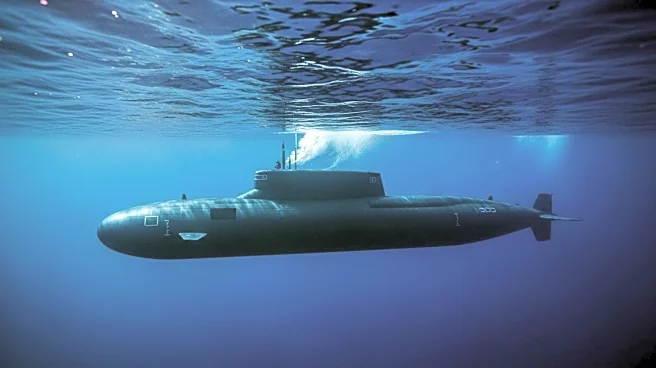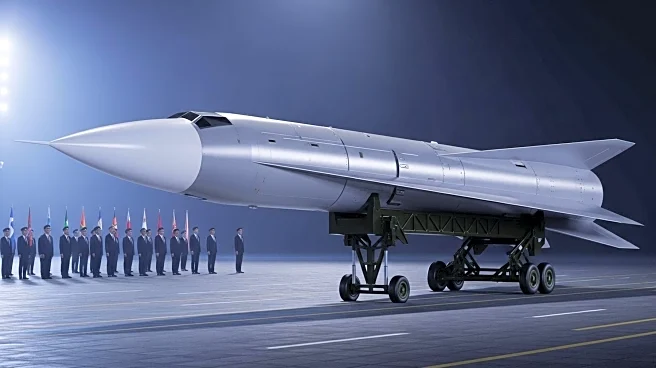What's Happening?
An 8.8-magnitude earthquake struck off the coast of Russia's Kamchatka Peninsula on July 30, causing significant damage to the Russian Pacific Fleet submarine base in Rybachiy. Satellite imagery has revealed that a pier section at the base was visibly bent and detached from its moorings due to the tsunami triggered by the earthquake. The base is home to several types of submarines, including Borei-class, Akula-class, and Oscar II-class submarines. This incident highlights the vulnerability of military infrastructure to natural disasters, even in regions with strong military presence.
Why It's Important?
The damage to the Russian Pacific Fleet submarine base underscores the strategic importance of the region, where Russia maintains a significant military presence. The incident may impact Russia's naval operations in the Pacific, potentially affecting its ability to project power and defend its national interests. This development is particularly relevant given the ongoing geopolitical tensions between Russia and the United States, which has deployed nuclear-powered submarines in the Pacific to deter aggression. The situation may also influence regional security dynamics, especially in light of Russia's strategic partnership with China and its military activities near Japan.
What's Next?
The Russian military may need to assess and repair the damage to the submarine base to restore full operational capabilities. This could involve deploying additional resources or vessels to the Pacific Fleet to maintain its strategic posture. The incident may also prompt discussions on enhancing infrastructure resilience against natural disasters. Additionally, regional stakeholders, including the United States, Japan, and South Korea, may closely monitor Russia's military activities and adjust their defense strategies accordingly.
Beyond the Headlines
The earthquake and subsequent tsunami highlight the broader challenges of maintaining military readiness in disaster-prone areas. This event may lead to increased focus on disaster preparedness and infrastructure resilience within military planning. Furthermore, it raises questions about the environmental impact of military installations in sensitive regions and the need for sustainable practices.











